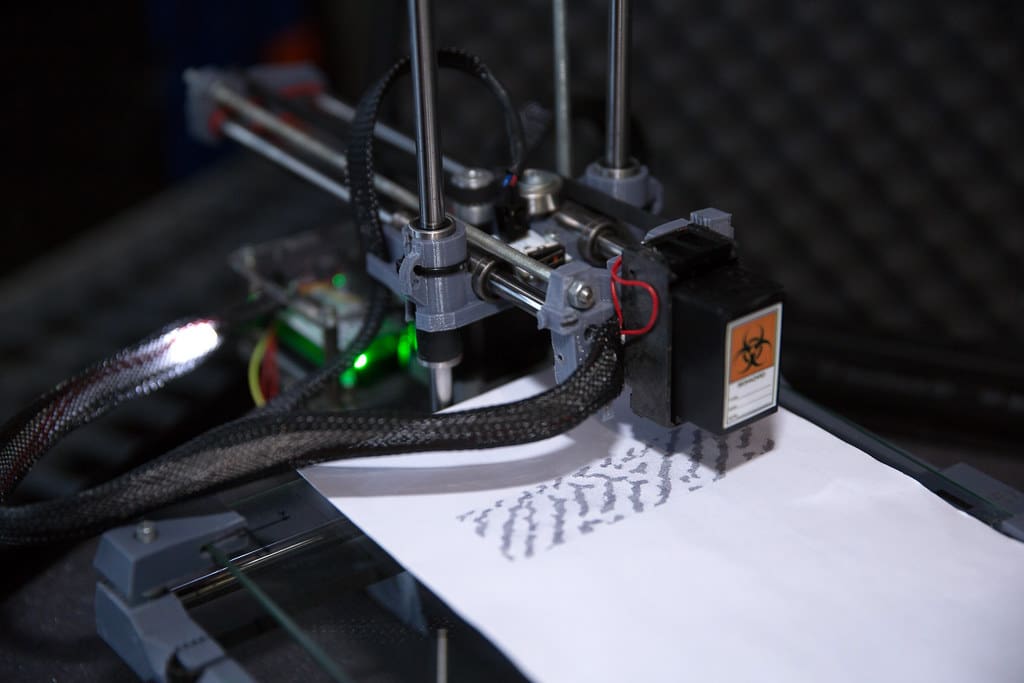Neural engineering is a cutting-edge field that combines elements from neuroscience, engineering, and computer science to understand, repair, replace, enhance, or otherwise exploit the properties of neural systems. As one of the most promising interdisciplinary areas, neural engineering leverages technologies such as 3D printing to create innovative solutions for diagnosing and treating disorders of the nervous system. This technology enables the fabrication of customized neural interfaces, implants, and devices with unprecedented precision, significantly advancing both research capabilities and clinical treatments in neurology.
The Emergence of 3D Printing in Neural Engineering
3D printing, initially used for prototyping in various industries, has seen substantial adoption in neural engineering due to its ability to produce highly complex and customized structures. Advances in biocompatible materials and precision manufacturing allow for the creation of devices that can interface directly with neural tissues, offering tailored solutions for individual patients and specific neurological conditions. This integration of 3D printing is transforming the way neural devices are designed and implemented, enhancing their functionality and effectiveness.

Advantages of 3D Printing in Neural Engineering
Customization and Precision: 3D printing allows for the development of neural devices and implants that conform perfectly to the complex geometries of neural tissues and structures. This customization is crucial for minimizing invasiveness and enhancing the efficacy of neural implants.
Rapid Prototyping and Iteration: The ability to quickly produce prototypes enables rapid testing and optimization of neural devices, accelerating the development process from concept to clinical application.
Complex Geometries: 3D printing excels at creating intricate structures needed for neural interfaces, such as conformal electrodes and micro-channel devices for drug delivery and electrical stimulation.
Integration of Multiple Functions: Advanced 3D printing techniques can incorporate multiple functionalities into a single device, such as combining electrical stimulation and drug delivery systems, which are often needed for comprehensive neural treatments.
Key Applications of 3D Printing in Neural Engineering
Neural Implants and Prosthetics: 3D printing is used to create neural implants that can help restore functions lost due to neurological diseases or injuries, such as cochlear implants, retinal chips, and brain-computer interfaces. These devices often require precise customization to interact effectively with the neural system.
Scaffolds for Nerve Regeneration: Biodegradable scaffolds that support nerve growth and repair can be 3D printed with specific biochemical cues to facilitate the regeneration of damaged neural tissues.
Surgical Planning and Training Models: 3D printed models of complex neural structures assist in pre-surgical planning and provide a means for surgical training, reducing risks associated with neurosurgery.
Research Tools: In neural research, 3D printing enables the creation of sophisticated experimental setups, such as organ-on-a-chip platforms that mimic brain or nerve tissues for studying neurodegenerative diseases.

Challenges in 3D Printing for Neural Engineering
Biocompatibility and Safety: Ensuring that 3D printed materials are biocompatible and safe for long-term implantation in the neural environment is crucial. These materials must not elicit adverse biological responses and should support neural growth and function.
Resolution and Material Properties: Achieving the high resolution and mechanical properties required to interface with delicate neural tissues remains a significant challenge. Advances in printing resolution and the development of new composite materials are critical.
Regulatory and Ethical Issues: Neural engineering devices often raise complex regulatory and ethical questions, particularly concerning brain-computer interfaces and implants that alter neural function. Navigating these concerns requires careful consideration and ongoing dialogue among scientists, ethicists, and regulatory bodies.
Cost and Accessibility: High costs associated with advanced 3D printing technologies can limit the accessibility of these innovations in clinical settings, particularly in lower-resource environments.
Future Directions in 3D Printing for Neural Engineering
The future of 3D printing in neural engineering is incredibly promising, with ongoing advancements likely to address current challenges and open new possibilities. Innovations in materials science, printing technologies, and computational modeling are expected to enhance the precision, functionality, and integration of 3D printed neural devices.
3D printing is set to continue its revolutionary impact on neural engineering, offering new dimensions of innovation in the treatment and understanding of neurological conditions. As the technology advances, it promises to enable more sophisticated, effective, and personalized interventions, ultimately leading to better patient outcomes and deeper insights into the human nervous system.








